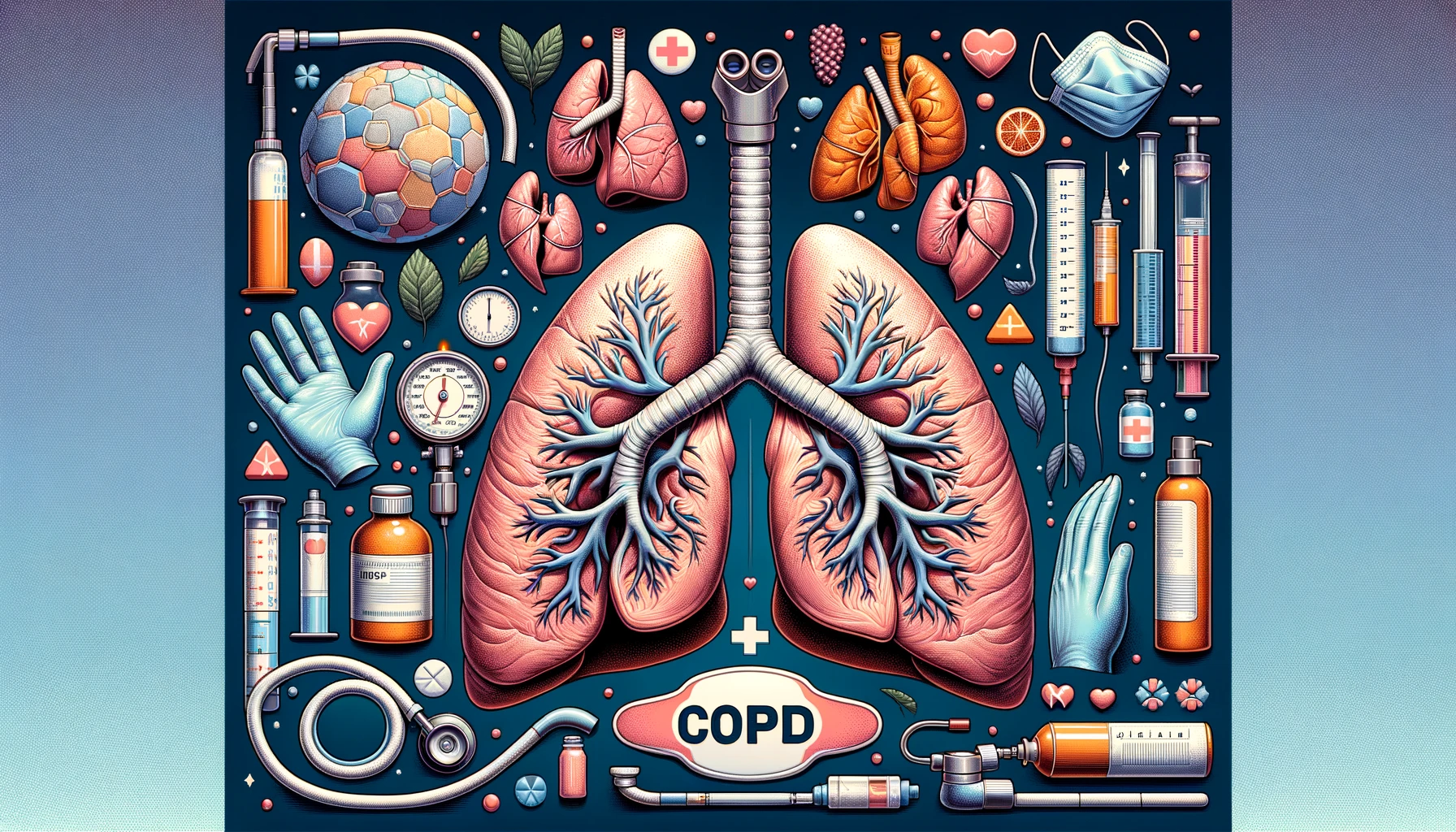Managing the risk for infection is crucial for ensuring patient safety and health.

Blog
Risk for Infection Care Plan Guide: Symptoms, Treatment, and Management
Infections pose a significant risk to patient health, especially in healthcare settings. A comprehensive risk for infection care plan involves understanding the symptoms of potential infections, implementing effective treatment strategies, and taking preventive measures to minimize the risk of infection. This guide covers various aspects of infection risk management, from early detection to long-term care.
Patients may be at increased risk for infection due to various factors, including compromised immune systems, chronic diseases, surgical procedures, and exposure to healthcare-associated infections (HAIs). Identifying these risk factors is crucial for developing an effective care plan.
Patients with weakened immune systems, such as those undergoing chemotherapy, HIV/AIDS patients, or organ transplant recipients, are more susceptible to infections.
Chronic conditions like diabetes, renal failure, and chronic obstructive pulmonary disease (COPD) can increase the risk of infections.
Surgical interventions and invasive procedures can introduce pathogens into the body, increasing the risk of postoperative infections.
Patients in healthcare settings are at risk of HAIs due to prolonged hospital stays, indwelling medical devices, and exposure to resistant pathogens.
Common symptoms of infection include fever, chills, fatigue, and malaise.
Localized symptoms depend on the site of infection and may include redness, swelling, pain, and discharge at the infection site.
Systemic infections can cause widespread symptoms such as septicemia, leading to low blood pressure, rapid heart rate, and organ dysfunction.
Accurate diagnosis is essential for developing an effective infection care plan. This involves a thorough evaluation by a healthcare provider.
Reviewing the patient's medical history, including recent surgeries, chronic diseases, and immune status, helps identify potential infection risks.
A detailed discussion of the patient's symptoms, including their onset, duration, and severity, is crucial for accurate diagnosis.
A thorough physical exam helps identify signs of infection, such as localized redness, swelling, and tenderness.
Monitoring vital signs, including temperature, heart rate, respiratory rate, and blood pressure, helps assess the patient's overall condition.
Blood tests, such as complete blood count (CBC) and blood cultures, help identify infections and determine the causative organism.
Imaging studies, such as X-rays, CT scans, and MRIs, help locate infections and assess their severity.
Culturing samples from suspected infection sites, such as wound swabs or urine samples, helps identify the pathogen and guide antibiotic therapy.
The treatment of infections involves a combination of antimicrobial therapy, supportive care, and preventive measures. The goal is to eliminate the infection and prevent complications.
Antibiotics are used to treat bacterial infections. The choice of antibiotic depends on the type of bacteria and its susceptibility to specific drugs.
Antiviral medications are used to treat viral infections, such as influenza and herpes.
Antifungal medications are used to treat fungal infections, such as candidiasis and aspergillosis.
Antiparasitic medications are used to treat parasitic infections, such as malaria and giardiasis.
Ensuring adequate hydration helps maintain fluid balance and supports the body's ability to fight infection.
Administering analgesics helps manage pain and improve patient comfort.
Providing adequate nutrition supports the immune system and promotes healing.
Regular monitoring of vital signs and laboratory values helps track the patient's response to treatment and detect complications early.
Strict adherence to hand hygiene practices helps prevent the spread of infections.
Implementing isolation precautions for patients with contagious infections helps prevent transmission to others.
Vaccinating patients against common infectious diseases, such as influenza and pneumococcus, helps reduce the risk of infection.
Promoting the appropriate use of antimicrobials helps prevent the development of antibiotic resistance.
Nurses play a critical role in the prevention and management of infections. Effective nursing care strategies include patient education, care coordination, and ongoing support.
Educating patients about infection prevention practices, such as hand hygiene and wound care, helps reduce the risk of infection.
Teaching patients to recognize the signs and symptoms of infection enables early detection and prompt treatment.
Emphasizing the importance of taking prescribed medications as directed and completing the full course of antibiotics helps ensure effective treatment.
Collaborating with other healthcare professionals, such as infectious disease specialists, pharmacists, and dietitians, to provide comprehensive care for patients at risk for infection.
Scheduling regular follow-up appointments to monitor the patient's progress, adjust the treatment plan, and address any concerns or complications.
Encouraging participation in support groups for patients with chronic conditions or those recovering from infections provides emotional support and shared experiences.
Providing access to mental health resources, such as counseling and stress management techniques, helps patients cope with the emotional aspects of infection risk and recovery.
A comprehensive care plan for managing the risk of infection involves accurate diagnosis, effective treatment, and ongoing preventive measures. By addressing the underlying causes and providing targeted interventions, patients at risk for infection can achieve significant improvements in their health and quality of life. Regular monitoring, lifestyle modifications, and patient education are essential components of a successful infection risk management strategy. Nurses play a crucial role in supporting patients throughout their care journey, ensuring they receive the guidance and resources needed to prevent and manage infections effectively.
HealthOK Global provides expert insights on nutrition, meal planning, and healthy eating habits. Contact our FREE 24 x 7 Healthcare Helpline at +91-8047190955 for assistance.
Implementing isolation precautions for patients with contagious infections helps prevent transmission to others.
Patients may be at increased risk for infection due to various factors, including compromised immune systems, chronic diseases, surgical procedures, and exposure to healthcare-associated infections (HAIs). Identifying these risk factors is crucial for developing an effective care plan.
This section covers 3. Preventive Measures in detail.
Need Personalized Health Guidance?
Get expert advice tailored to your specific health needs from our qualified healthcare professionals.




